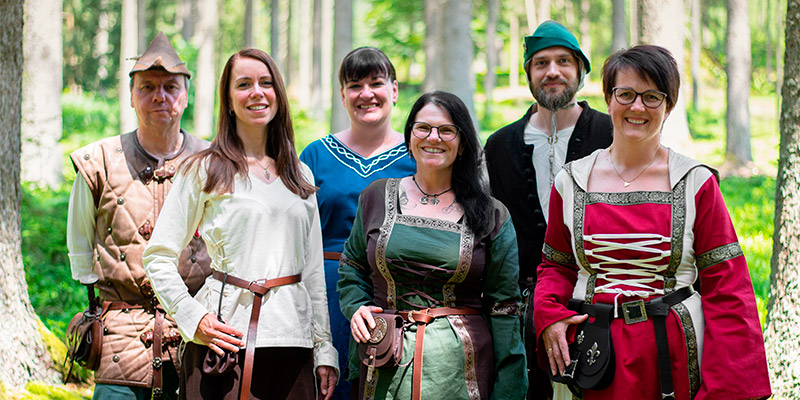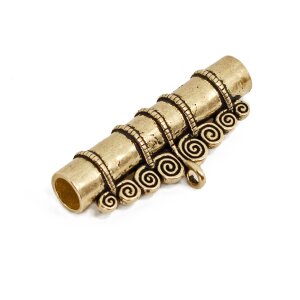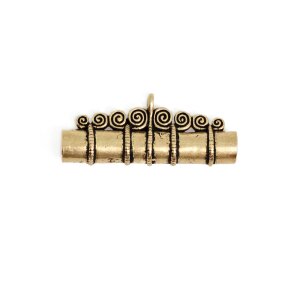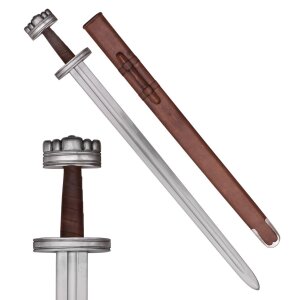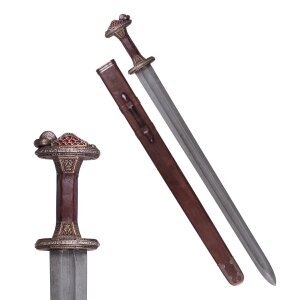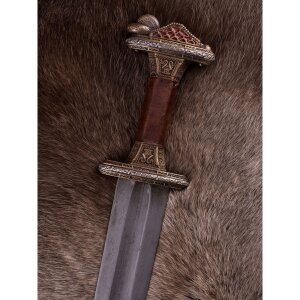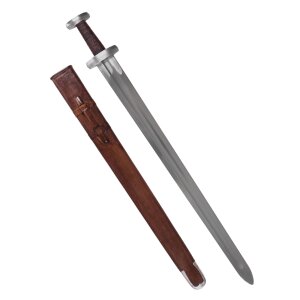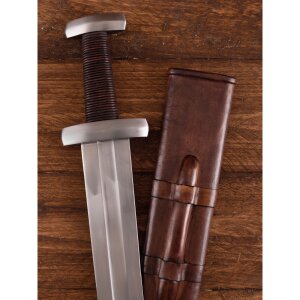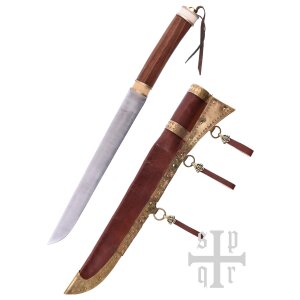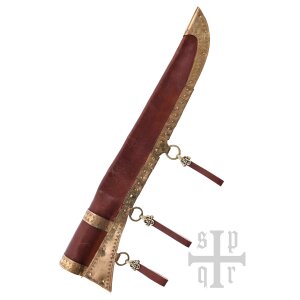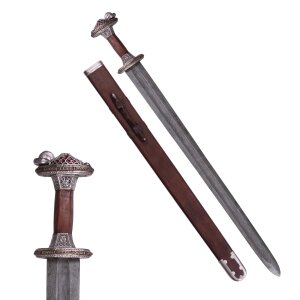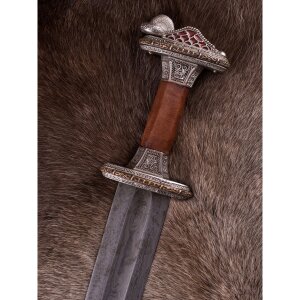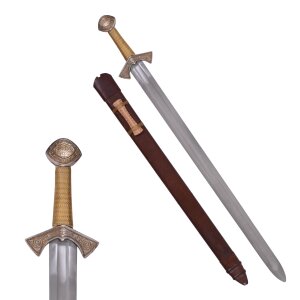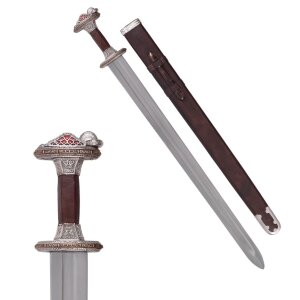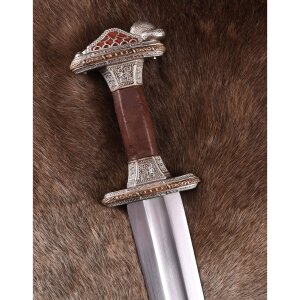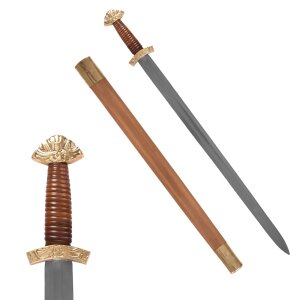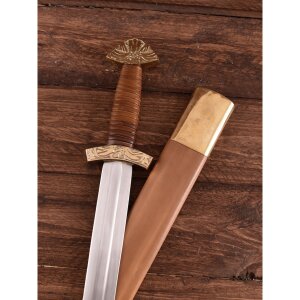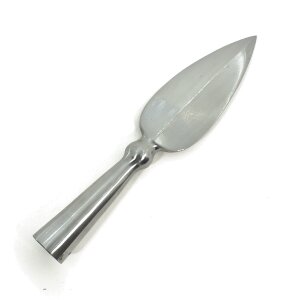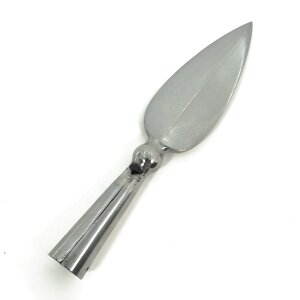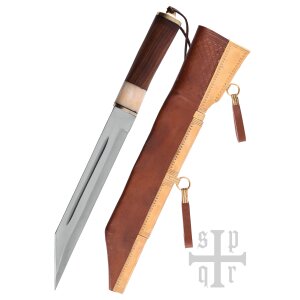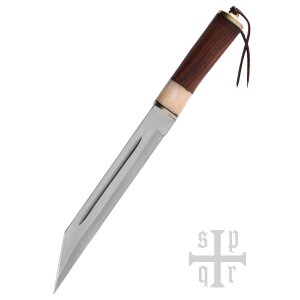Others also bought:
17,09 € *
our old price:
17,99 €
Discount:
5%
- Available
-
Delivery time: 2 - 3 working days* (DE - int. shipments may differ)
Similar items
189,99 € *
- Available
-
Delivery time: 5 - 6 working days* (DE - int. shipments may differ)
449,99 € *
- Available
-
Delivery time: 1 - 2 working days* (DE - int. shipments may differ)
139,99 € *
- Available
-
Delivery time: 5 - 6 working days* (DE - int. shipments may differ)
99,99 € *
- Item out of stock
449,99 € *
- Available
-
Delivery time: 5 - 6 working days* (DE - int. shipments may differ)
299,99 € *
- Available
-
Delivery time: 5 - 6 working days* (DE - int. shipments may differ)
139,99 € *
- Available
-
Delivery time: 5 - 6 working days* (DE - int. shipments may differ)
27,99 € *
- Available
-
Delivery time: 1 - 2 working days* (DE - int. shipments may differ)
99,99 € *
- Available
-
Delivery time: 5 - 6 working days* (DE - int. shipments may differ)
Question about item
pieces
